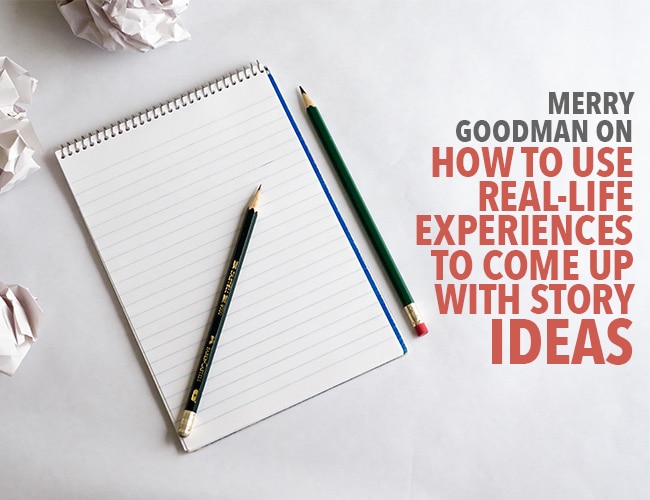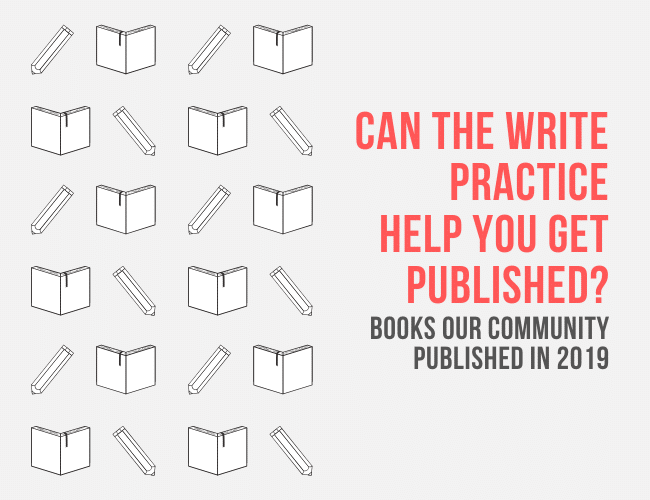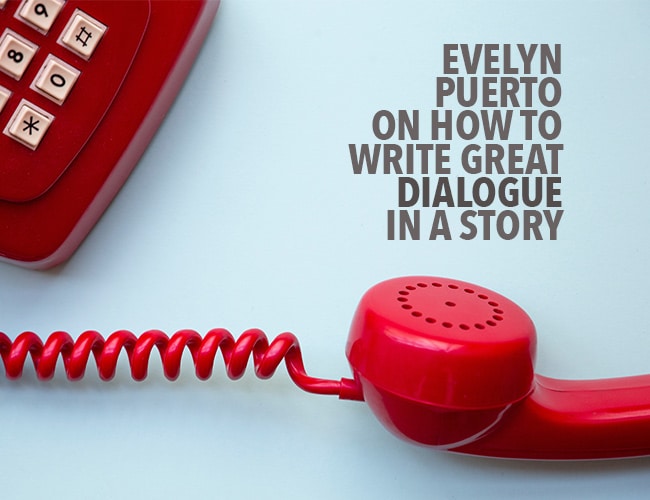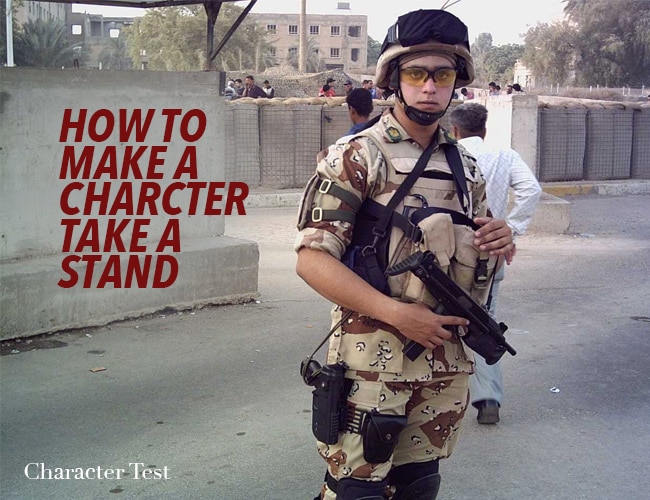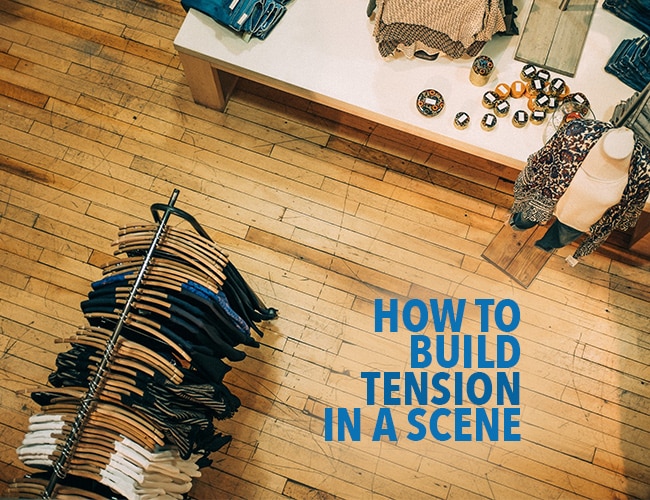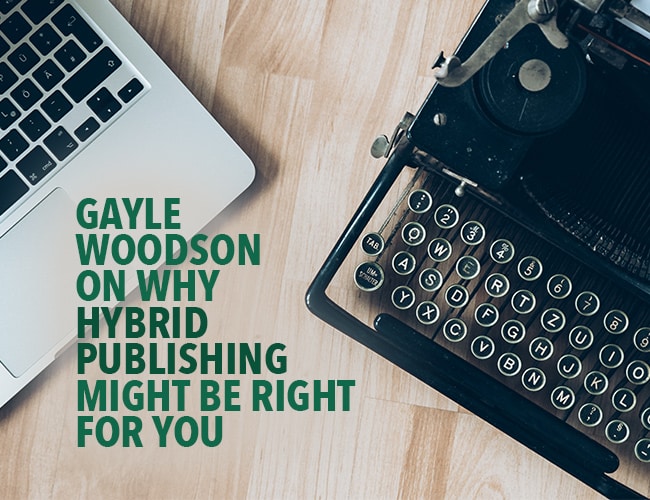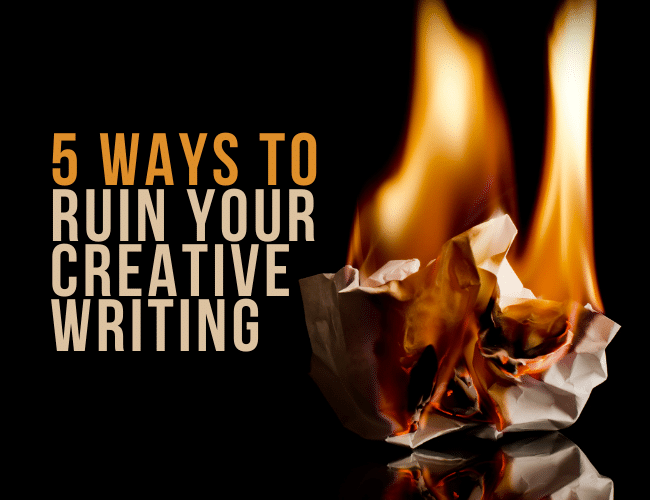Ever wonder how to come up with story ideas? Ask any writer and invariably they will tell you “life.”
A writer’s greatest source of ideas comes from their real-life experiences. From going to the grocery store to careening down a snowy mountain, real life is every writer’s inspiration. You just need to look and you’ll find a story.
